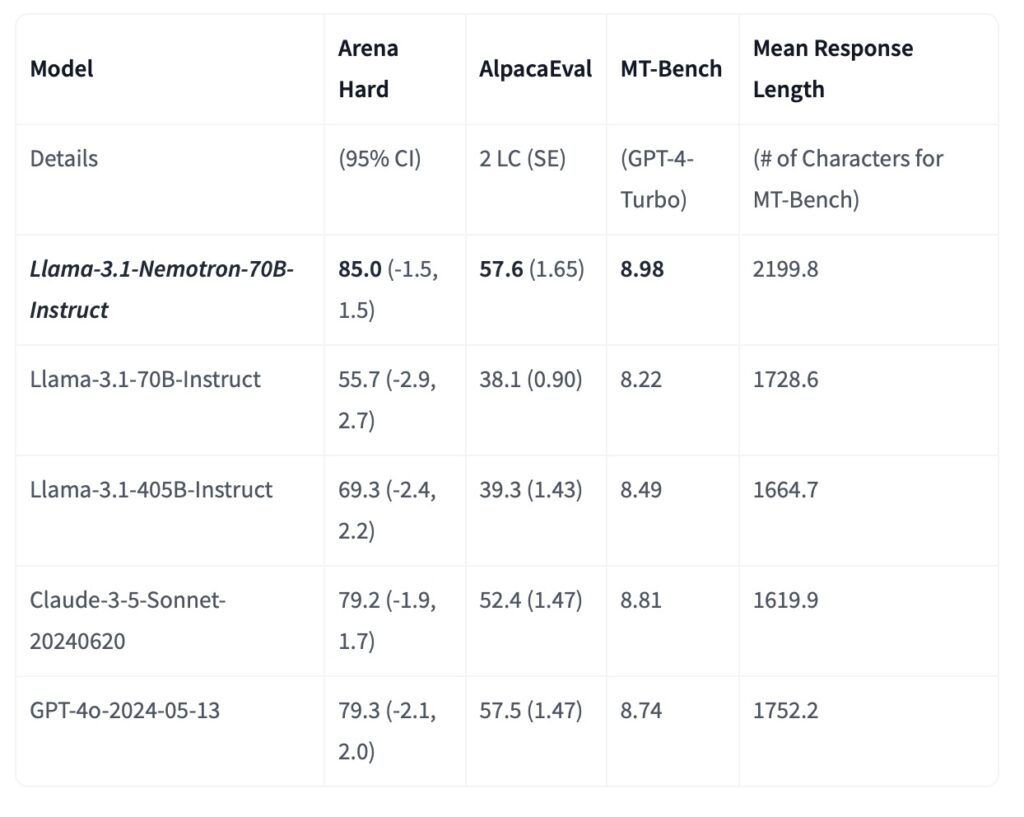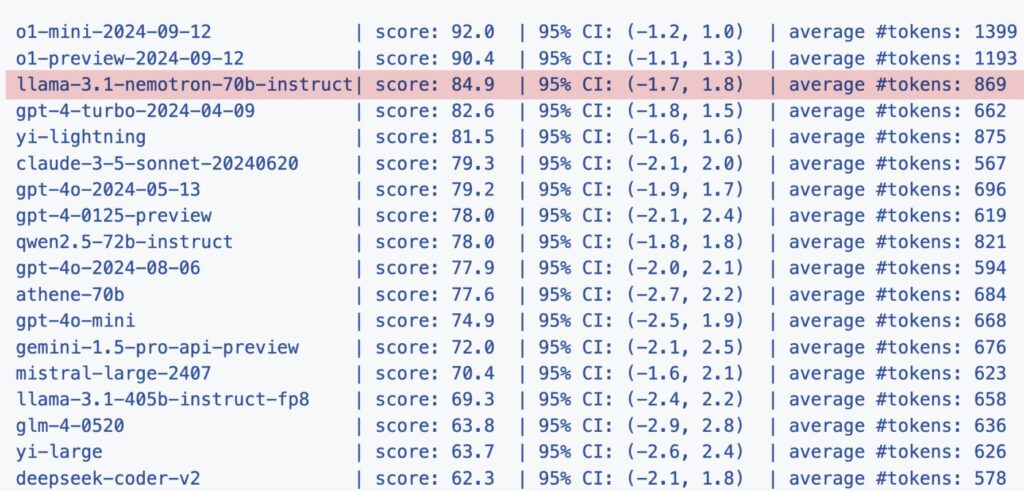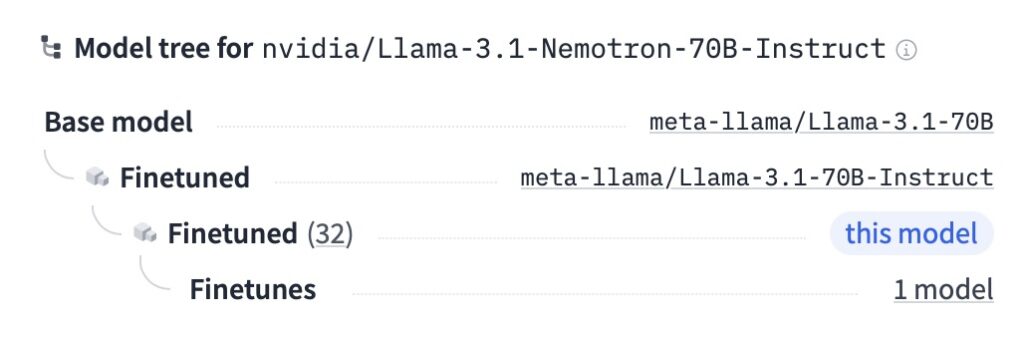Revolutionizing the AI Landscape with Unmatched Performance and Accessibility
Nvidia has quietly launched its latest AI model, Llama-3.1-Nemotron-70B-Instruct, marking a pivotal moment in the competitive AI landscape.
- Surpassing Competitors: The new model has outperformed established AI giants like OpenAI and Anthropic in benchmark tests, achieving remarkable scores and showcasing its capabilities in language understanding and generation.
- Strategic Shift: Nvidia’s move from being a hardware-centric company to developing sophisticated AI software highlights its ambition to reshape the AI industry and challenge the dominance of traditional software-focused companies.
- Accessibility and Flexibility: With free hosted inference and an OpenAI-compatible API, Nvidia’s model aims to democratize access to advanced AI technology, allowing businesses of all sizes to leverage its power for various applications.
Nvidia has taken a significant leap forward in the artificial intelligence sector with the unveiling of its new AI model, Llama-3.1-Nemotron-70B-Instruct. Launched without the usual fanfare, this model has already made waves by outperforming some of the leading AI systems from competitors such as OpenAI and Anthropic. With benchmark scores that speak for themselves—85.0 on the Arena Hard benchmark, 57.6 on AlpacaEval 2 LC, and 8.98 on the GPT-4-Turbo MT-Bench—Nvidia is clearly positioning itself at the forefront of AI language understanding and generation.
This release signals a strategic transformation for Nvidia, a company historically recognized for its dominance in graphics processing units (GPUs). By venturing into advanced AI software development, Nvidia is not only expanding its capabilities but also challenging the traditional dominance of software companies in the AI arena. The Llama-3.1 model showcases Nvidia’s commitment to pushing the boundaries of what AI can achieve, particularly in real-time text-driven applications.

The foundation of this powerful model lies in its innovative training techniques. By refining Meta’s open-source Llama 3.1 model through Reinforcement Learning from Human Feedback (RLHF), Nvidia has created an AI that learns from human preferences, making it more adept at generating contextually relevant responses. This focus on “alignment”—ensuring that the AI’s outputs meet user needs—sets Llama-3.1 apart, leading to more accurate and helpful interactions that can benefit businesses across various sectors.
One of the most notable features of Llama-3.1 is its ability to process complex queries efficiently. The model’s demonstration of accurately answering nuanced questions highlights its advanced understanding of language. This capability is particularly significant for businesses looking to enhance customer service and engagement through AI-powered solutions. With fewer errors and improved response quality, Llama-3.1 presents a valuable tool for companies aiming to streamline their operations and improve customer satisfaction.

As businesses explore the potential of Nvidia’s new model, its implications for the AI landscape become clear. With free access to hosted inference through its build.nvidia.com platform and an OpenAI-compatible API interface, Nvidia is making advanced AI technology accessible to a broader range of organizations. This democratization of AI empowers companies to experiment with and implement sophisticated language models, ultimately driving innovation across industries.
However, with great power comes great responsibility. While Llama-3.1 demonstrates impressive capabilities, Nvidia has acknowledged the model’s limitations, particularly in specialized domains like mathematics or legal reasoning. Enterprises must navigate these challenges carefully, ensuring they implement appropriate safeguards to mitigate potential risks.

The release of Llama-3.1-Nemotron-70B-Instruct marks a significant turning point in the race for AI supremacy. By transitioning from hardware to high-performance software development, Nvidia is not only positioning itself as a comprehensive AI solutions provider but also challenging other players in the industry to accelerate their own research and development efforts. As developers begin to test the model in real-world applications, the focus will be on translating its impressive benchmark scores into practical solutions that address complex challenges across various sectors. The future of AI is indeed bright, and with innovations like Llama-3.1, Nvidia is set to play a leading role in shaping its direction.

